Climbing Kilimanjaro (5,895 m) offers the ultimate adventure on the world’s tallest free-standing mountain, the iconic “Roof of Africa."

Located in northeastern Tanzania, Kilimanjaro is not just a mountain; it is the highest freestanding mountain in the world. Peaking at 5,895 meters, this dormant volcano is a natural wonder, crossing five distinct climate zones, from the lush rainforest at its foot to the arctic desert of its snowy summit.
Its ascent is unique: it does not require technical mountaineering skills but represents a true physical and mental challenge. Reaching Uhuru Peak, the "Roof of Africa," means living an unforgettable adventure and witnessing a sunrise above the clouds that few people have the chance to see.
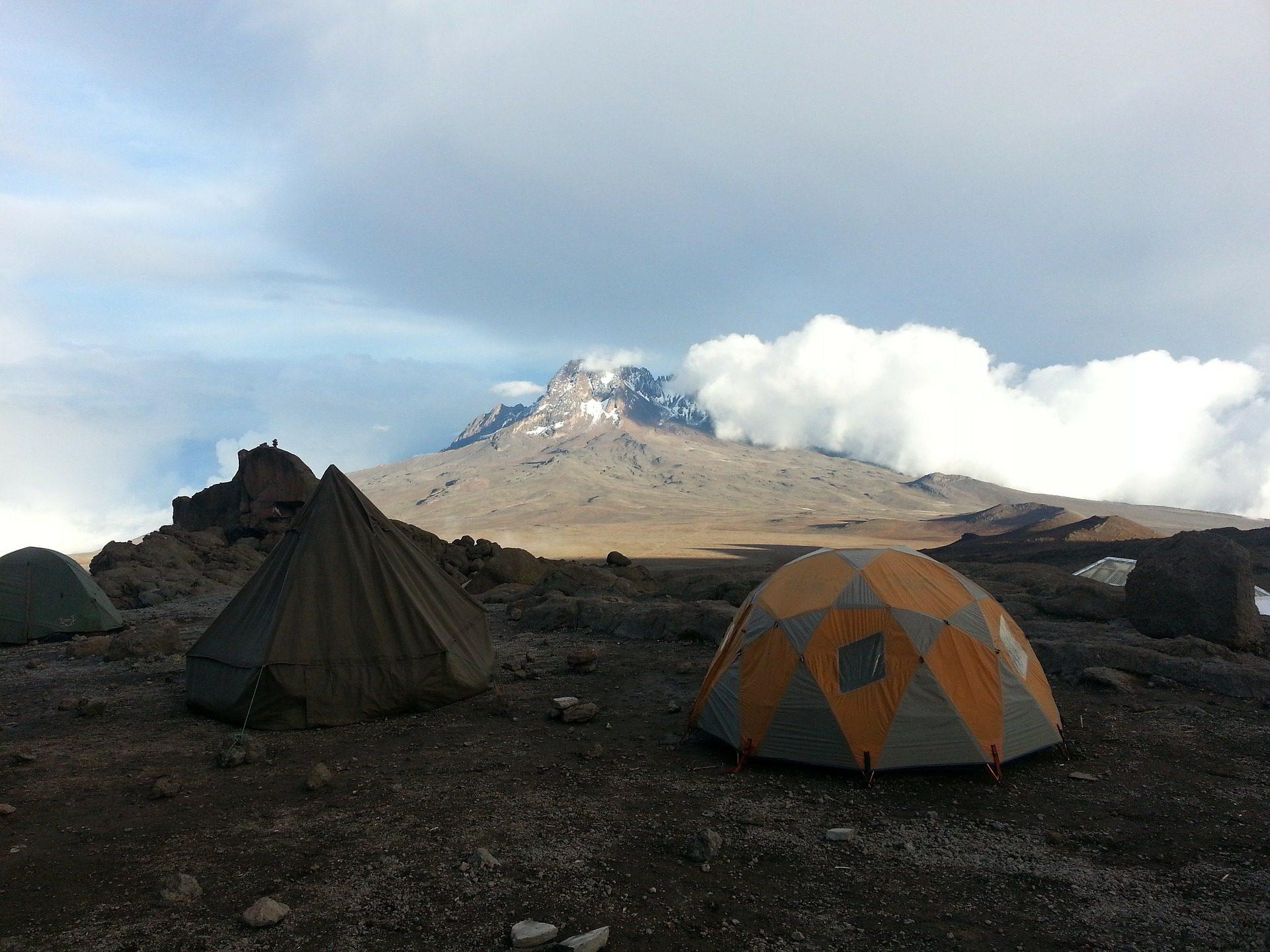
"The Whisky Route" - The most scenic
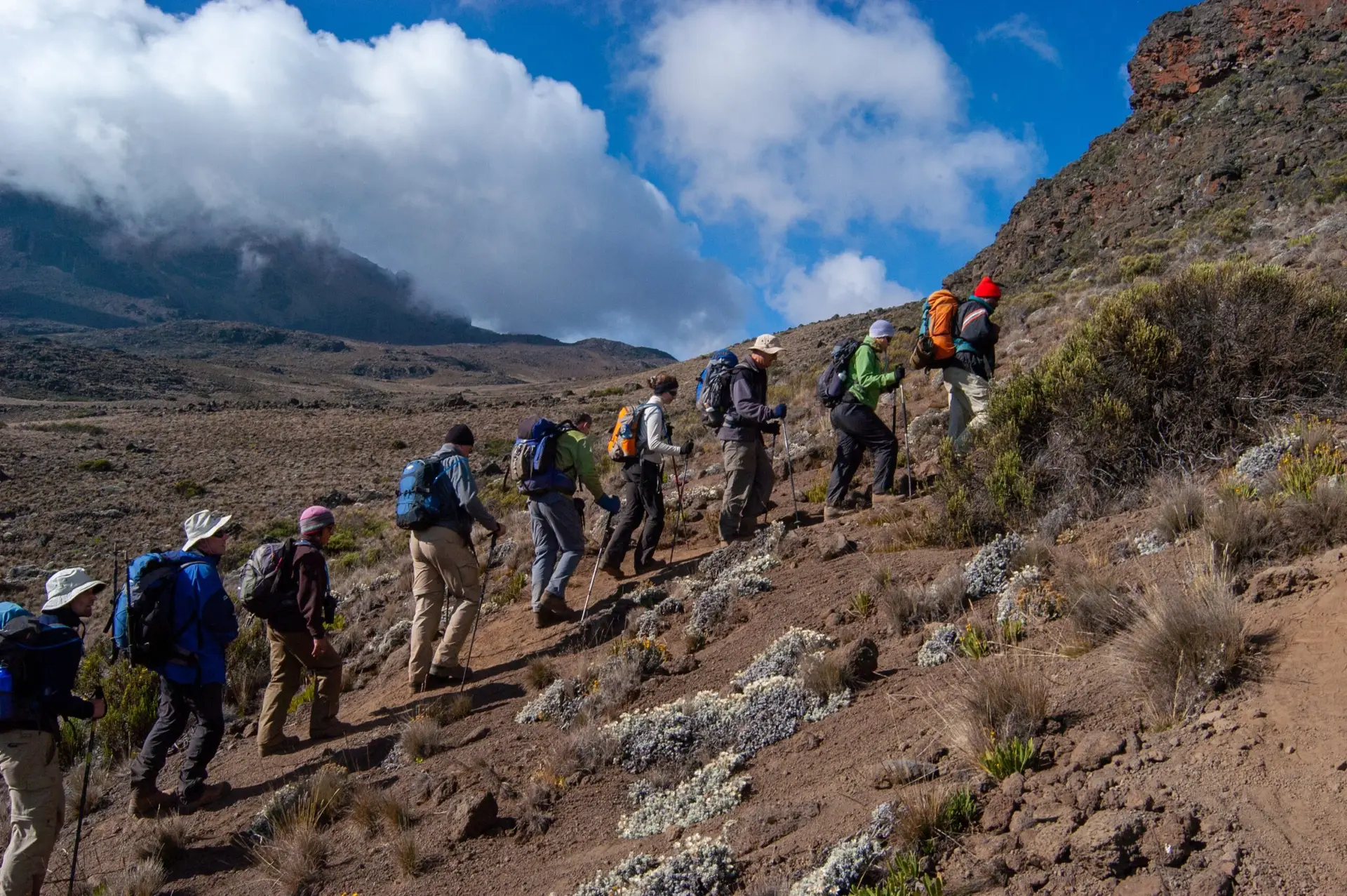
"The Wild Pearl" - The most beautiful and longest

"The Coca-Cola Route" - The most direct
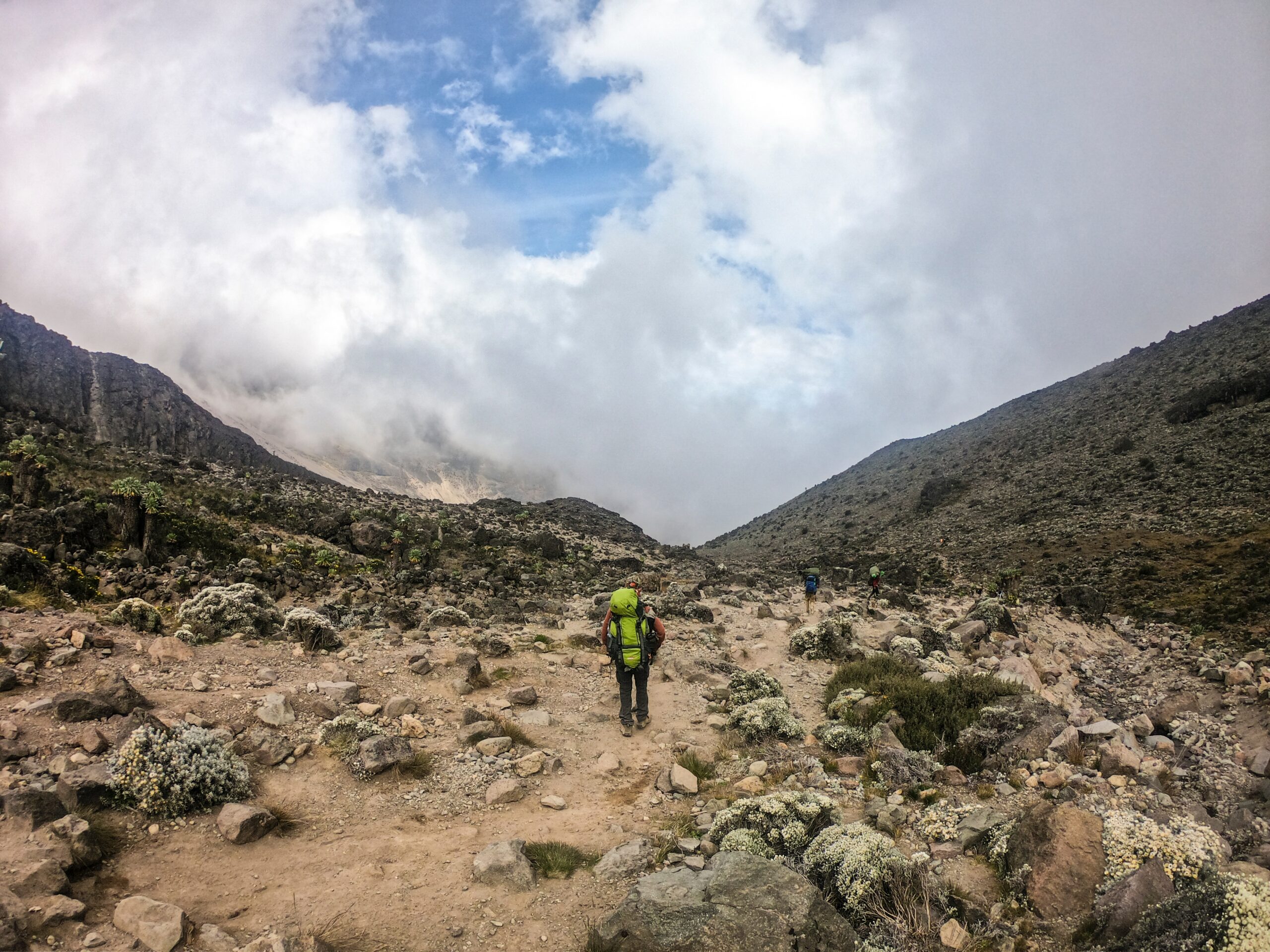
"The Northern Route" - The easiest and driest
Succeeding in Climbing Kilimanjaro is an achievable dream. Our agency places **safety** and **optimal acclimatization** at the heart of every trek. Our pride? A success rate of over 96% and unforgettable memories for our travelers.
Often considered the most beautiful route, it offers spectacular and varied landscapes. It's a demanding trek, but its "climb high, sleep low" profile ensures excellent acclimatization and maximizes chances of success.
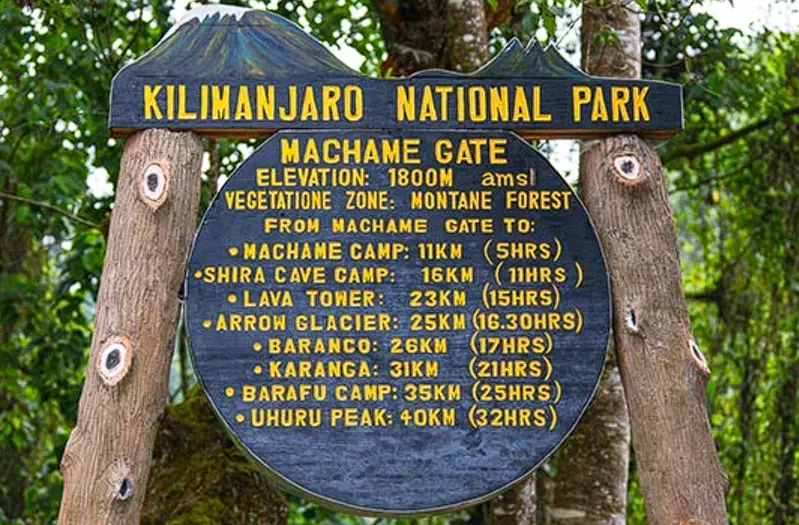
The Lemosho Route is renowned for being the most beautiful and wild. Its start on the west offers an isolated and gradual approach, ensuring the best possible acclimatization. It is the ideal choice for total immersion in nature.
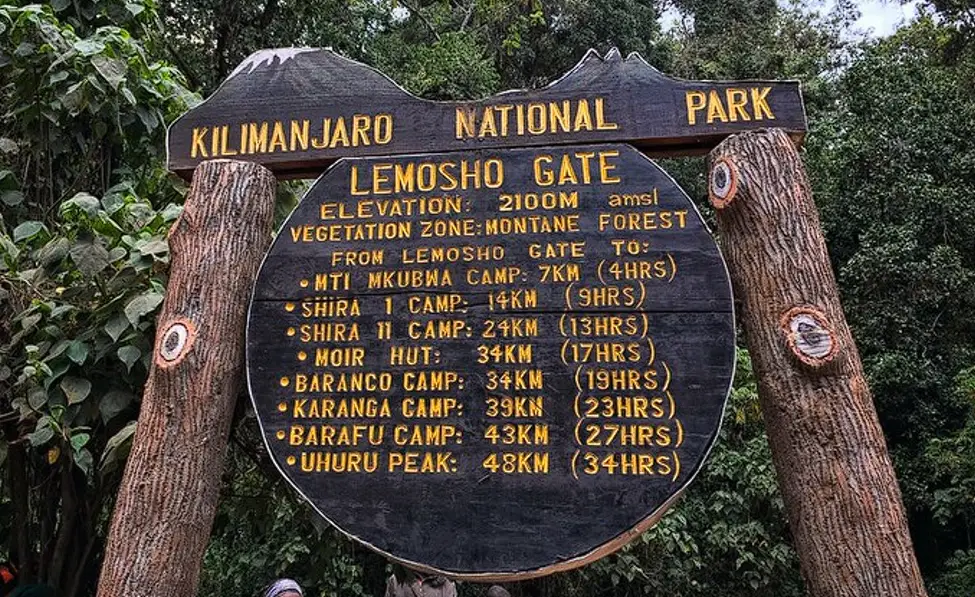
Nicknamed the "Coca-Cola Route," it's the oldest and most direct. It's the only route with hut accommodations rather than tents. Although popular, its fast acclimatization (climbing and descending the same way) makes it statistically more difficult in terms of success rate.
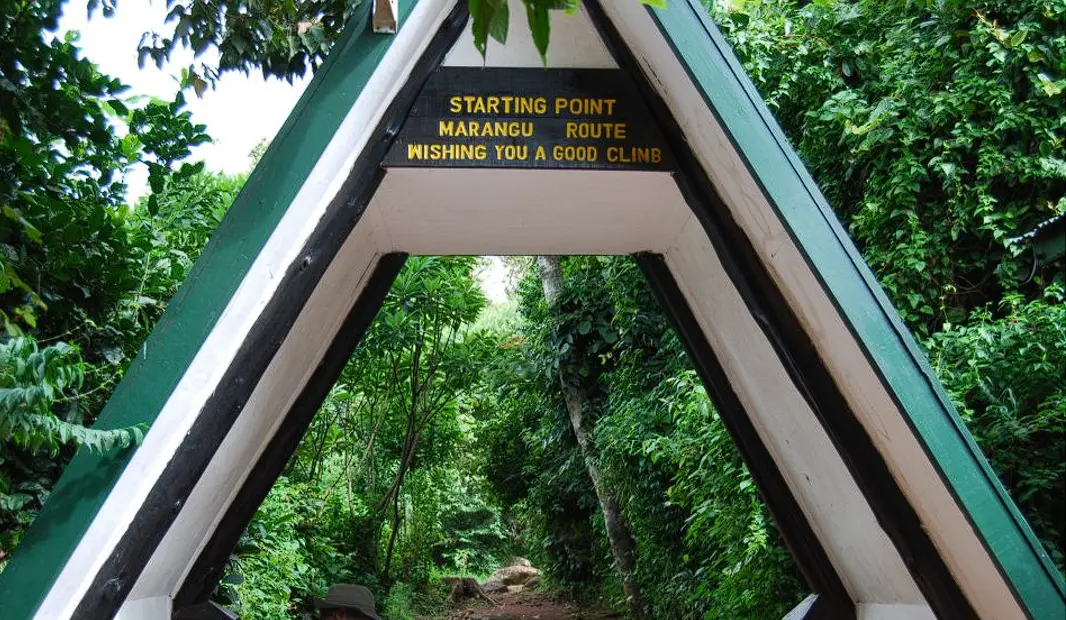
The Rongai Route is the only one approaching Kilimanjaro from the north. Less crowded, it offers a wilder experience and increases the chances of spotting wildlife. Its gentler slope makes it an excellent option for less experienced trekkers, with a very good success rate.
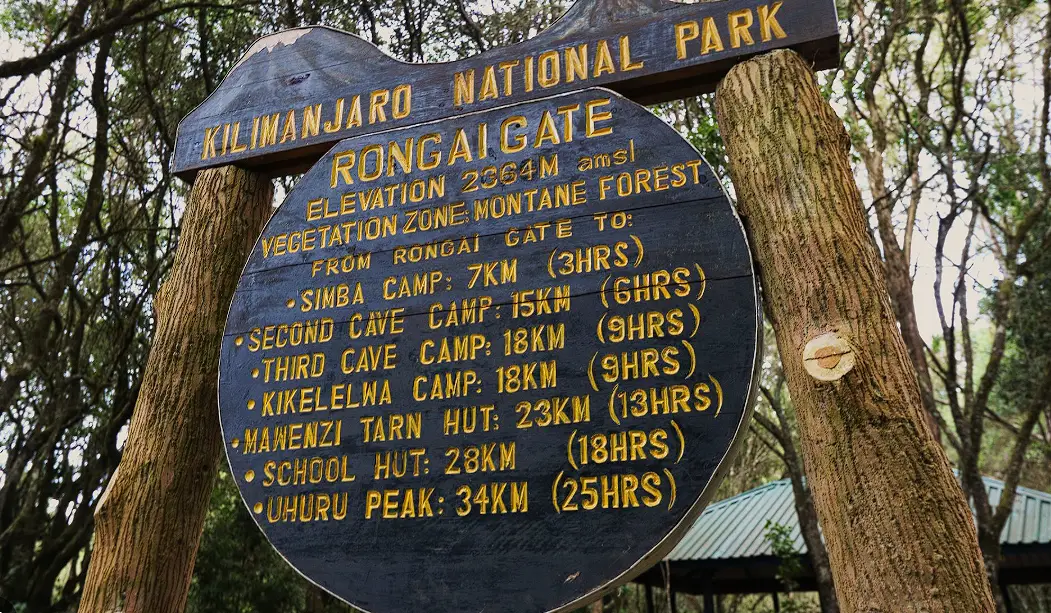
The best period for the ascent is during the dry seasons. Here is a complete overview:
Good gear is crucial. We will provide you with a detailed list, but here are the essentials:
No need to be a top athlete, but good physical condition is necessary. The ascent is a marathon, not a sprint.
We recommend starting training at least 2 to 3 months before departure, focusing on:
The main challenge of Kilimanjaro is altitude. Our absolute priority is successful acclimatization. This is why we favor longer routes (7 days minimum) that allow your body to adapt gently.
Our guides are trained to continuously monitor your health (pulse oximeter, daily health questionnaires). The golden rule is "Pole Pole" (slowly, slowly in Swahili): you must walk slowly, drink plenty of water, and listen to your body and your guide.
Adventure is exhilarating, but your safety remains our absolute priority at every stage of the ascent. We make no compromises on the measures implemented to ensure your well-being.
Your success and well-being are the work of a complete, dedicated, and professional team. On Kilimanjaro, you are never alone. Here are the heroes of your ascent.
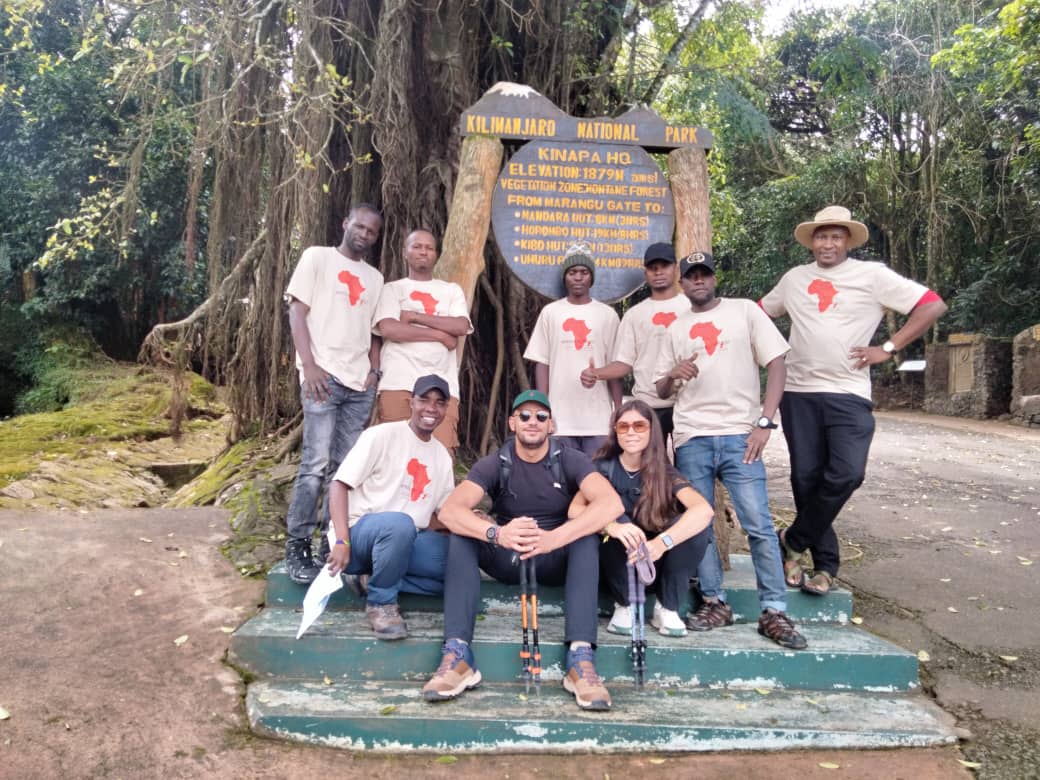
The true pillars of your ascent, our guides are all certified in high-altitude mountaineering (KGA & WFR). They know every trail, constantly monitor your acclimatization, and passionately share their love for the mountain. Their experience is your best guarantee of safety and success.
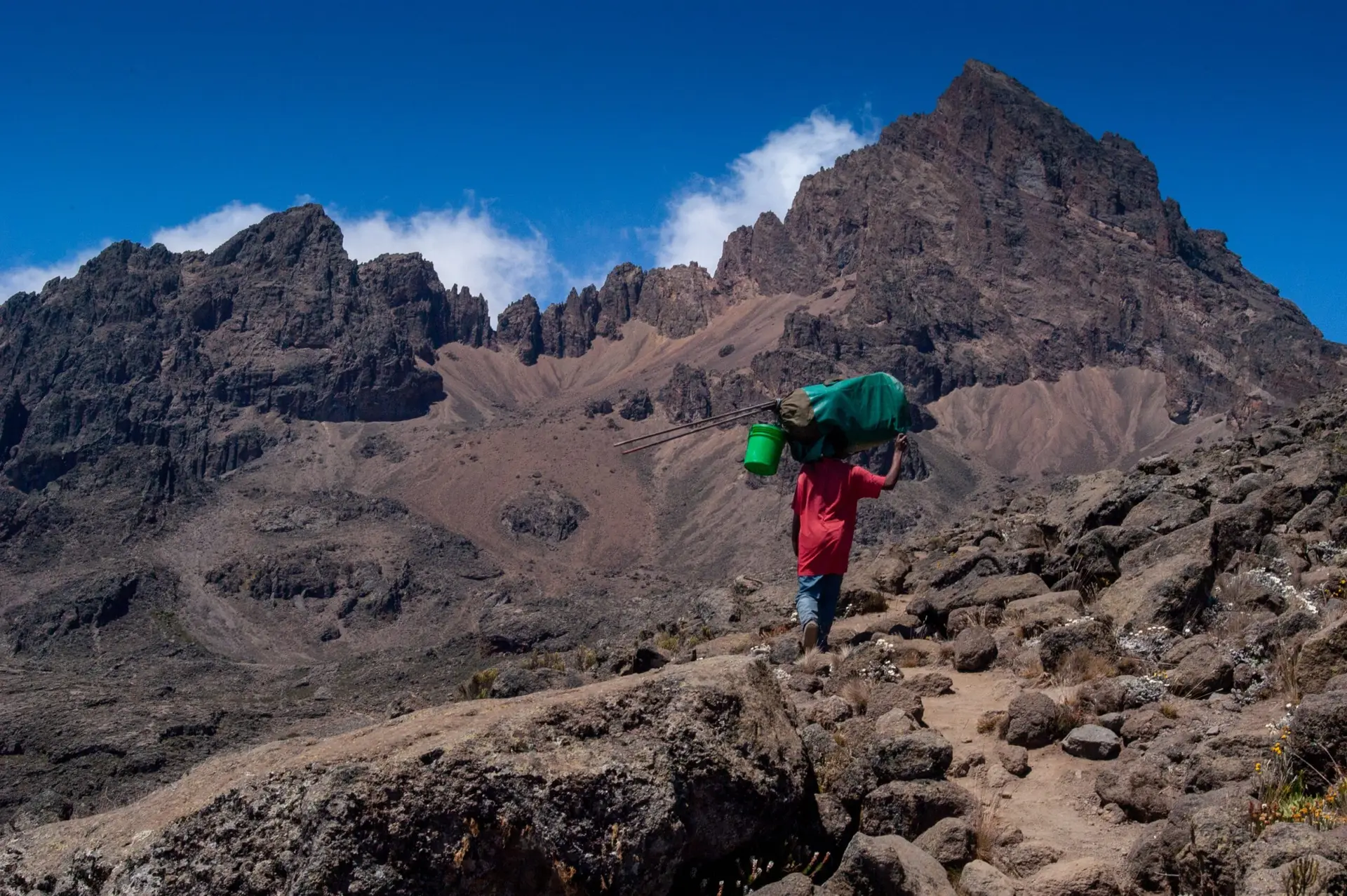
They are the driving force of the expedition. Porters carry all the necessary equipment (tents, food, safety gear), allowing you to trek with just a daypack. We are committed to respecting their work by ensuring ethical conditions and a regulated carrying weight.

Energy is the fuel for your ascent. Our cooks prepare warm, varied, and high-energy meals, adapted to the effort at altitude. From comforting evening soup to a hearty breakfast, they ensure you never lack the strength to reach your goal.
Hi there 👋! Mino is here to help you plan your trip in Tanzania. We speak english and french !
Ut enim ad minim veniam, quis nostrud exercitation ullamco laboris nisi ut aliquip ex ea commodo consequat. Duis aute irure dolor in reprehenderit in
We are dedicated to help you complete your bucket list in Tanzania. Explore the wildlife and climb Kilimanjaro with us.
POV BOX 96 Marangu, Kilimanjaro, Tanzania